| Biodiversity Organizations- Gov’t and UN: | |
www.undp.org | UN. Biodiversity Planning Support Programme is a multi-donor initiative implemented by the United Nations Development Programme and the United Nations Environment Programme. Established to strengthen national capacity to prepare and implement National Biodiversity Strategies and Action Plans (NBSAPs) in compliance with Article 6 of the Convention. |
www.unenvironment.org | United Nations Environment Programme. World Conservation Monitoring Centre. Biodiversity and climate change programs… |
www.imoseb.net | Consultative Process Towards an International Mechanism Of Scientific Expertise on Biodiversity. Finding ways and means to put biodiversity in the priorities list of the world issues agenda. Materials and documents on the consultative process. United Nations Environment Program. |
adaptation.cbd.int | UNEP’s Convention on Biological Diversity. Climate Change Adaptation Database. Integrating Biodiversity into Climate Change Adaptation Planning- Guidance on the Integration of Biodiversity within Adaptation Planning supports Parties as they continue to integrate climate change impacts and response activities through their implementation of the Convention on Biological Diversity. Lots of info here. *** |
www.twentyten.net | 2010 Biodiversity Indicators Partnership brings together a host of international organizations working at the forefront of biodiversity indicator development to assess progress towards the Convention on Biological Diversity (CBD) 2010 Target. |
www.millenniumassessment.org | Millennium Ecosystem Assessment was called for by the United Nations Secretary-General Kofi Annan in 2000, the objective of the MA was to assess the consequences of ecosystem change for human well-being and the scientific basis for action needed to enhance the conservation and sustainable use of those systems and their contribution to human well-being. |
www.ipbes.net | Intergovernmental Science Policy Platform on Biodiversity and Ecosystem Services (IPBES). The panel will be set up by 2011 to review research on biodiversity loss-as an international science-policy platform to enable emerging scientific knowledge to be translated into specific policy action at the appropriate levels. It will identify and prioritise key scientific information for policymakers. |
Biodiversity Organizations- Non-Gov’t: see also conservation orgs below...and Animal Welfare page for wildlife orgs... | |
www.worldwildlife.org | World Wildlife Fund Biodiversity Support Program. Promoting conservation of the world’s biological diversity. The publications on this Web site are from over a decade of work by the Biodiversity Support Program. |
cbc.amnh.org | Center for Biodiversity and Conservation of the American Museum of Natural History’s mission is to mitigate critical threats to global biological and cultural diversity. Studying biodiversity— has been a fundamental activity of the American Museum of Natural History,in 1993, the Museum created the interdisciplinary Center for Biodiversity and Conservation. |
www.conservation.org | Biodiversity Hotspots. Conservation International’s site. The science and information on the 34 biodiversity hotspots. |
www.defenders.org | Defenders of Wildlife– Biodiversity Partnership is dedicated to promoting and supporting regional and statewide strategies to conserve biodiversity. |
www.eowilson.orG | E. O. Wilson Biodiversity Foundation‘s mission is to preserve biological diversity in the living environment by inventing and implementing business and educational strategies in the service of conservation. |
| Professor E.O. Wilson estimates that we lose 137 plant and animal species every day. | |
| Conservation- Government/UN Sites: | |
www.unep-wcmc.org | United Nations Environment Programme. World Conservation Monitoring Center. |
www.nps.gov | Plant Conservation Alliance, of the Bureau of Land Management is a consortium of ten federal government Member agencies and over 225 non-federal Cooperators representing various disciplines within the conservation field. PCA Members and Cooperators work collectively to solve the problems of native plant extinction and native habitat restoration, ensuring the preservation of our ecosystem. |
www.cbd.int | UN’s Convention on Biological Diversity’s objectives are the conservation of biological diversity along with the sustainable use of its components while ensuring that it is used for the benefit of all. UNEP. |
www.cec.org | Commission for Environmental Cooperation enhances collaboration among Canada, Mexico and the United States in furthering the conservation and sustainablity of North American biodiversity. |
| Conservation Organizations- Non-Gov’t: | |
www.conservation.org | Conservation International. Aims to protect life on Earth and to demonstrate that human societies will thrive when in balance with nature. Works with governments, nonprofit organizations, universities, businesses, and local communities in priority regions to strengthen conservation efforts.’ |
www.nature.org | Nature Conservancy, founded in 1951: with more than 1 million members, protected more than 117 million acres of land and 5,000 miles of rivers worldwide — and operate more than 100 marine conservation projects globally. |
www.conbio.org | Society for Conservation Biology is an international professional organization dedicated to promoting the scientific study of the phenomena that affect the maintenance, loss, and restoration of biological diversity. Publishes the Conservation Biology Journal and Conservation Magazine. |
www.savebiogems.org | NRDC launched the BioGems Initiative in 2001 to help ensure that the most exceptional and imperiled wild places in the Western Hemisphere — our BioGems — remain wild for the sake of a sustainable planet. |
www.sierraclub.org | Sierra Club’s mission is to explore, enjoy and protect the wild places of the earth. Practice and promote the responsible use of the earth’s ecosystems and resources and to educate and enlist humanity to protect and restore the quality of the natural and human environment. |
www.worldwildlife.org | World Wildlife Fund. The largest multinational conservation organization in the world, WWF works in 100 countries and is supported by 1.2 million members in the United States and close to 5 million globally. |
www.esa.org | Ecological Society of America is the country’s primary professional organization of ecologists, representing over 10,000 scientists in the United States and around the world. |
www.earthisland.org | Earth Island Institute, “a non-profit, develops and supports projects that counteract threats to the biological and cultural diversity that sustain the environment. Through education and activism, these projects promote the conservation, preservation, and restoration of the Earth.” |
www.fauna-flora.org | Fauna & Flora International was founded in 1903, it has been instrumental in establishing much of today’s global and local conservation infrastructure, including organizations such as the World Wide Fund for Nature, IUCN – The World Conservation Union, the Convention on International Trade in Endangered Species of Wild Fauna & Flora and conservation instruments such as the Red List of endangered species. A distinctive feature of Fauna & Flora International is their focus on working with local communities to help them develop the capacity to conserve their own biodiversity whilst also improving their well being – long into the future. |
www.iucn.org | IUCN- International Union for Conservation of Nature helps develop conservation science, manages field projects all over the world, and brings together players from different domains and sectors to develop and implement policy, laws and best practice. |
www.cites.org | CITES (the Convention on International Trade in Endangered Species of Wild Fauna and Flora) is an international agreement between governments. Its aim is to ensure that international trade in specimens of wild animals and plants does not threaten their survival. |
www.xerces.org | Xerces Society is an international, nonprofit organization that protects wildlife through the conservation of invertebrates and their habitat. Invertebrate conservation. |
www.zeroextinction.org | Alliance for Zero Extinction, a global initiative of biodiversity conservation organizations, aims to prevent extinctions by identifying and safeguarding key sites where species are in imminent danger of disappearing. Large Database. |
www.fairwild.org | Fair Wild aims to provide a worldwide framework for implementing a sustainable, fair and value-added management and trading system for wild-collected natural ingredients and products thereof. FairWild certifies products are sourced and produced in a socially and ecologically sound way. |
| “At least 50% of the 200 species of freshwater turtles have been assessed in the IUCN Red List as globally threatened and more than 75% of freshwater turtle species in Asia are listed as globally threatened, including 18 that are critically endangered, with one being extinct.” “Ecosystems & Human Well-being: Wetlands & Water” Millennium Ecosystem Assessment. | |
| Ecology Organizations: | |
www.esa.org | Ecological Society of America was founded for the purpose of unifying the science of ecology, stimulating research in all aspects of the discipline, encouraging communication among ecologists, and promoting the responsible application of ecological data and principles to the solution of environmental problems. |
www.lternet.edu | Long Term Ecological Research Network is a collaborative effort involving more than 1800 scientists and students investigating ecological processes over long temporal and broad spatial scales. Affiliated with the National Science Foundation. |
www.nceas.ucsb.edu | National Center for Ecological Analysis and Synthesis, is a research center of the University of California, Santa Barbara. NCEAS supports cross-disciplinary research that uses existing data to address major fundamental issues in ecology and allied fields, and their application to management and policy. |
| Grants: | |
www.cepf.net | Critical Ecosystem Partnership Fund is a global leader in enabling civil society to participate in and benefit from conserving some of the world’s most critical ecosystems. Provides grants for nongovernmental and private sector organizations to help protect biodiversity hotspots. |
www.conservation.org | Conservation International‘s Global Conservation Fund finances the creation, expansion and long-term management of priority areas for conservation. |
| Offsetters: | |
www.speciesbanking.com | Species Banking is a global information clearinghouse for a segment of biodiversity markets focusing on biodiversity offsetting, compensation and banking. Until now, there has been no centralized information resource to serve researchers, policy makers, buyers, sellers, and other market participants. This site aims to provide a succinct answer to the question ‘What is happening in biodiversity offset and compensation programs around the world?’ Provides information at two levels: at the Program level and at the level of individual biodiversity banks. |
| Hippocrates said 2,500 years ago – in ‘Airs, Waters, Places’ – that, in order to understand the disorders in any subject, we must study its environment. “Treatment of the inner requires treatment of the outer, the greater part of the soul lies outside the body”. |
Additional menu
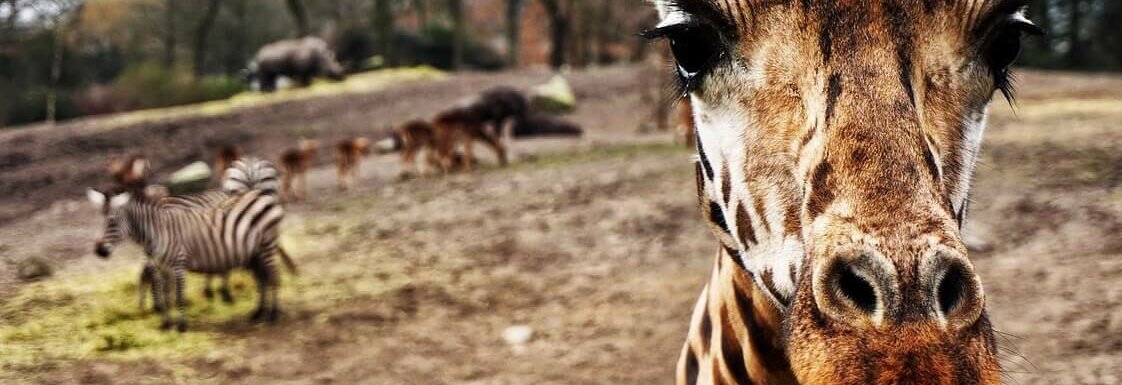
Footer
Keep Browsing:

Another Man’s Treasure – Learning to Love Freecycle

Homestead Stories: How Does It Grow?

US Organic Farming: Digging into the Numbers
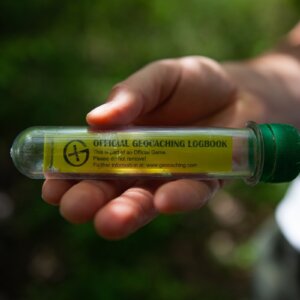
Geocaching Teaches Kids Problem-Solving Skills

Insteading Giveaway – December 2019
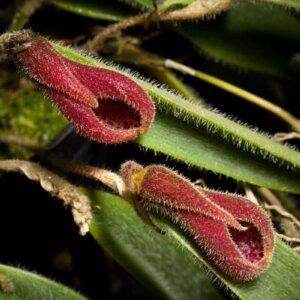
All About the Acianthera Nikoleae

Types of Beets

Why I (Currently) Use an Incubator to Hatch Chicken Eggs

13 Everyday Uses For Whey
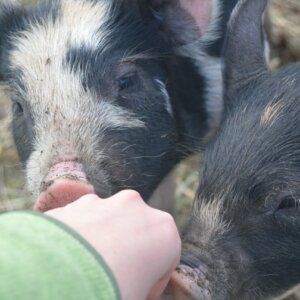
How To Raise Pigs

How To Throw A Successful Yard Sale

Native American Food Plants to Consider

Silo Homes

Ground Rules for Foraging Safely

20 Homemade Floor Cleaners For A Sparkly Clean House

Types of Melons
Bento Box Inspiration

How To Choose, Collect, And Save Garden Seeds
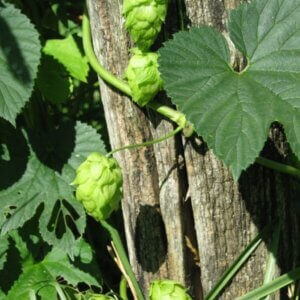
How To Grow Hops In Your Backyard

How to Store Garlic

25 Delicious Plum Recipes

10 Delectable Duck Egg Recipes

Hundertwasser Paintings and Textiles

Jerusalem Artichokes

World Water Week: 10 DIY Conservation Tips

50 Years of Truely Sustainable Agriculture to be Celebrated Next Year

Cordwood Homes

Household Mold Removal

13 Year Old Copies Nature to Improve Solar Performance

Can I Compost Newspaper?
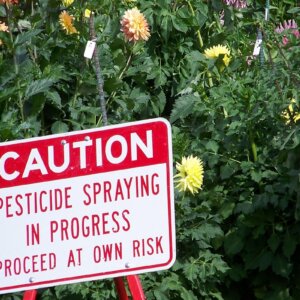
Where Have All The Nasty Pesticides Gone?

Plastic To Fuel

The Many Uses of Sweetgrass

Homes on Stilts

Tim Pugh

Amazing Health Benefits Of Eating Fish

Flame Retardants

Food Consumption In America

Live Fencing: What Is It and How to Implement It


Leave a Reply